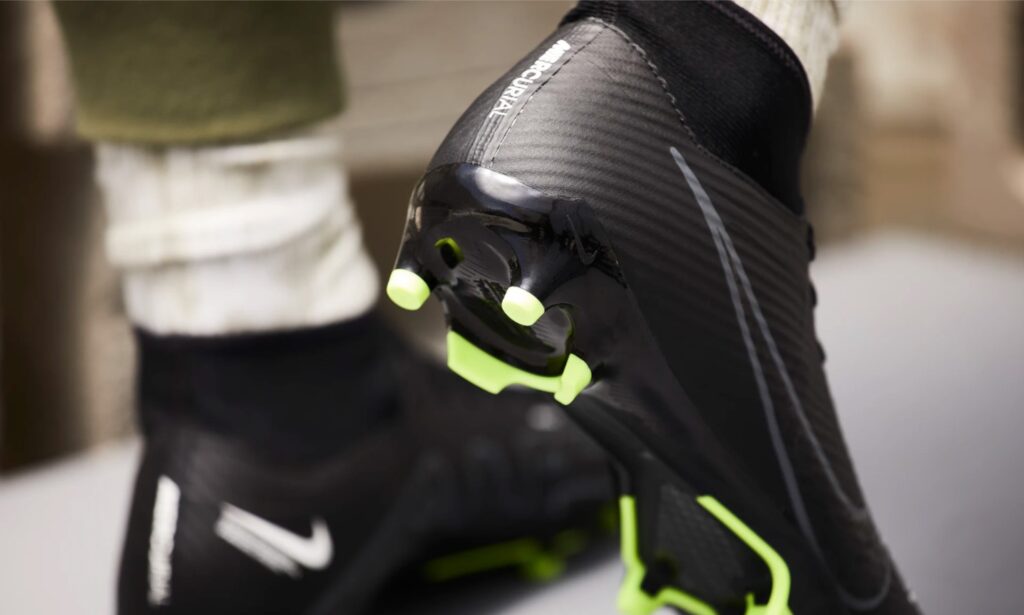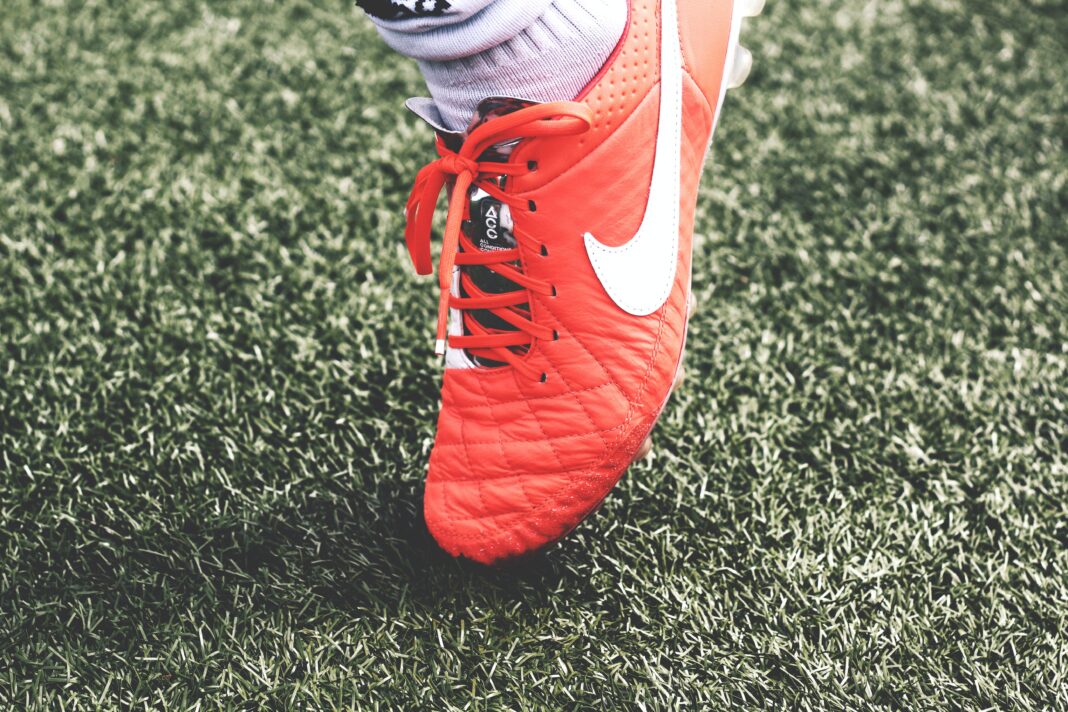Summary
Nathan VanHook, Nike’s soccer design director, did an interview prior to the 2016 Rio Olympics. He specifically discussed the process for developing Nike’s signature soccer boot, The Mercurial Superfly.

“The job is to blend art and science, find the data to lead performance and then derive a style based on the cleat’s function. “Every single thing we do, we have a purpose for. “We are designing for the body in motion.” (Newcomb, 2016)
“VanHook, who was originally an architecture student who soon realized the options for creativity in construction ranged from art to furniture, still indulges in his love of architecture, but not as much as his fascination with art, even if that part of his life doesn’t directly influence his shoe design. “They are separate, but the process is very similar,” he says. “In footwear, you start at a basis and you are adding layers and subtracting layers. In art you start at a basis and are setting up for a common vision. It is the same when you do footwear, you think about the whole line and having something for everybody.” (Newcomb, 2016)
Analysis
Blending the arts and science acts as a primary theme throughout Nike’s product line in general. Taking a page out of their book and prioritizing that balance could result in a product that resonates with the athlete. It is expected that the product be rooted in factual evidence, however, it must also be compelling from a visual standpoint. This is a wearable based solution meaning that the athlete will have to display it on their body. That is a deeply personal reflection of them. If the wearable is not up to visual status of a company like Nike, it may be less compelling to purchase.
Sources
Newcomb, Tim. “Nike’s Lead Designer Talks Soccer Cleats for Rio.” Sports Illustrated, Sports Illustrated, 16 Mar. 2016, https://www.si.com/edge/2016/03/16/nike-designer-talks-soccer-cleats-technology-olympics-rio.




